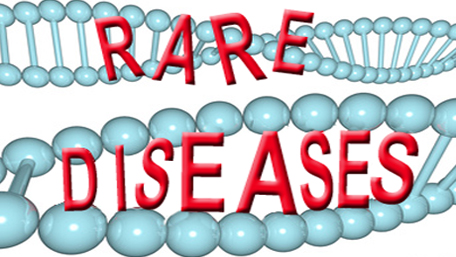
05/07/2020
Hot Topics of the Day are picked by experts to capture the latest information and publications on public health genomics and precision health for various diseases and health topics. Sources include published scientific literature, reviews, blogs and popular press articles.
Sign up MyPHGKB to receive the daily hot topic email alert.
Archived Hot Topics of the Day By Date
Modeling shield immunity to reduce COVID-19 epidemic spread
JS Weitz et al, Nature Medicine, May 7, 2020
The pathogenicity of SARS-CoV-2 in hACE2 transgenic mice
L Bao, et al, Nature, May 7, 2020
First Data-Set on SARS-CoV-2 Detection for Istanbul Wastewaters in Turkey
BA Kocamemi et al, MEDRXIV, May 6, 2020
Evaluation of lockdown impact on SARS-CoV-2 dynamics through viral genome quantification in Paris wastewaters
S Wurtzer et al, MEDRXIV, May 6, 2020
The Problem With Stories About Dangerous Coronavirus Mutations- There’s no clear evidence that the pandemic virus has evolved into significantly different forms—and there probably won’t be for months.
E Yong, the Atlantic, May 6, 2020
The VODAN IN: support of a FAIR-based infrastructure for COVID-19
B Mons, Eur J Hum Genetics, May 6, 2020
The epidemiologic parameters for COVID-19: A Systematic Review and Meta-Analysis
N Izadi et al, MEDRXIV, May 6, 2020
The reproduction number of COVID-19 and its correlation with public health interventions
K Linka et al, MEDRXIV, May 6, 2020
Predictive mathematical models for the number of individuals infected with COVID-19
AS Fokas et al, MEDRXIV, May 6, 2020
Racial Health Disparities and Covid-19 — Caution and Context
M Chowkwamyun et al, NEJM, May 6, 2020
Updates in BRCA testing for People of Ashkenazi Jewish Ancestry
L Steinmark, Jackson Labs, May 3, 2020
Clinical experience with carrier screening in a general population: support for a comprehensive pan-ethnic approach
M Westemeyer et al, Genetics in Medicine, May 6, 2020
Clinical utility of 24-h rapid trio-exome sequencing for critically ill infants
H Wang et al, NPJ Genomic Medicine, May 6, 2020
Internet Search Patterns Reveal Clinical Course of Disease Progression for COVID-19 and Predict Pandemic Spread in 32 Countries
T Lu et al, MEDRXIV, May 6, 2020
Disclaimer: Articles listed in Hot Topics of the Day are selected by Public Health Genomics Branch to provide current awareness of the scientific literature and news. Inclusion in the update does not necessarily represent the views of the Centers for Disease Control and Prevention nor does it imply endorsement of the article's methods or findings. CDC and DHHS assume no responsibility for the factual accuracy of the items presented. The selection, omission, or content of items does not imply any endorsement or other position taken by CDC or DHHS. Opinion, findings and conclusions expressed by the original authors of items included in the Clips, or persons quoted therein, are strictly their own and are in no way meant to represent the opinion or views of CDC or DHHS. References to publications, news sources, and non-CDC Websites are provided solely for informational purposes and do not imply endorsement by CDC or DHHS.
- Page last reviewed:Feb 1, 2024
- Page last updated:Apr 25, 2024
- Content source:






